Intro
The Bespechchny or Bespechny Horse is not an official breed, but rather one of the seven strains of Ukrainian Saddle Horses. Saddle horses in the country are notable for being extremely undemanding and easy keepers.
Read more
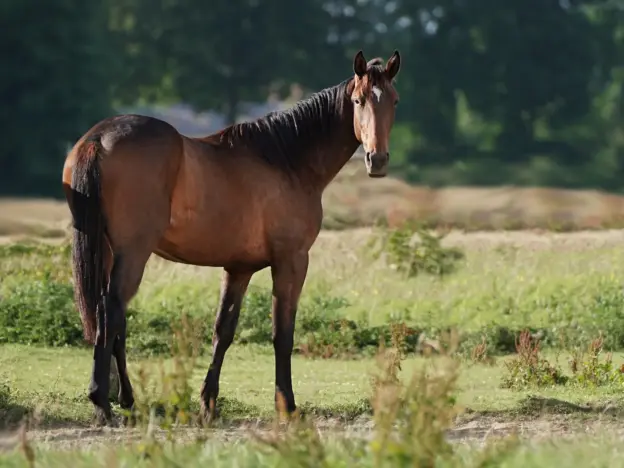
The Bespechchny or Bespechny Horse is not an official breed, but rather one of the seven strains of Ukrainian Saddle Horses. Saddle horses in the country are notable for being extremely undemanding and easy keepers.
Read more
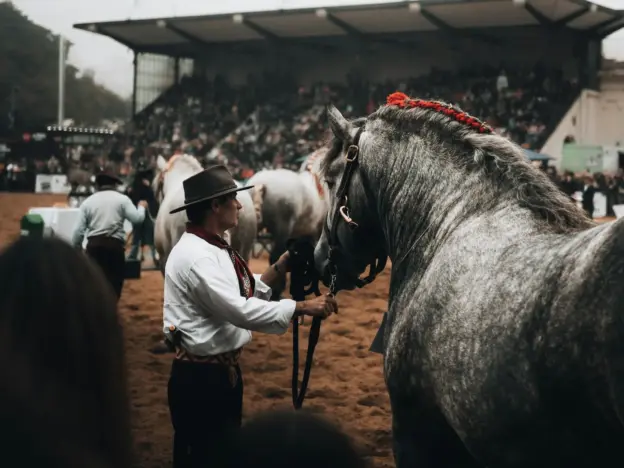
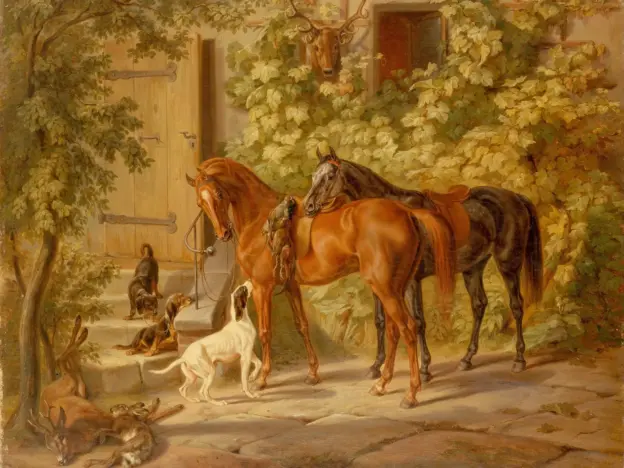
The Argamak is an extinct breed that originates from Central Asia and considered a descendant of the ‘celestial horse’ to many on the continent. They are often called the first saddle horse bred in what is now Uzbekistan.
Read more
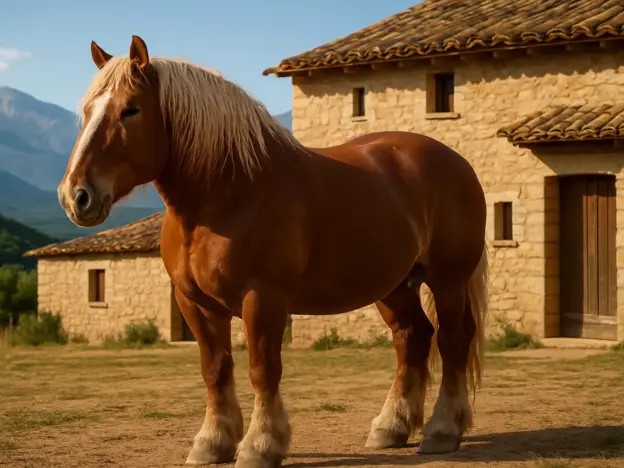
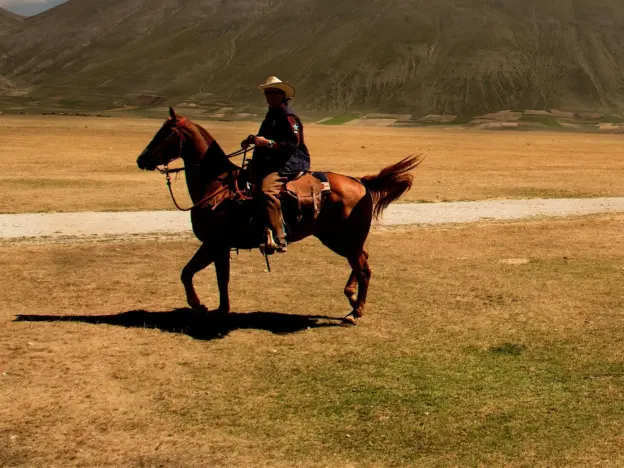
The handsome and tough Arabian has been crossed with other breeds for a long time and many of the European countries have developed a breed crossing Arab blood with local types. The Arabian Bardigiano or Bardarab Horse is an example of an Italian cross with the robust Bardigiano.
Read more
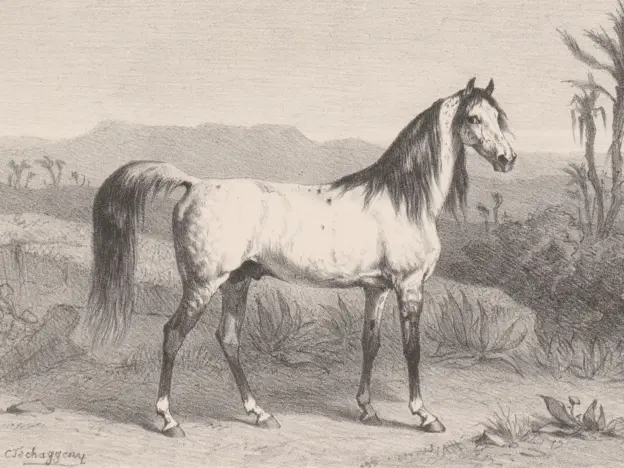
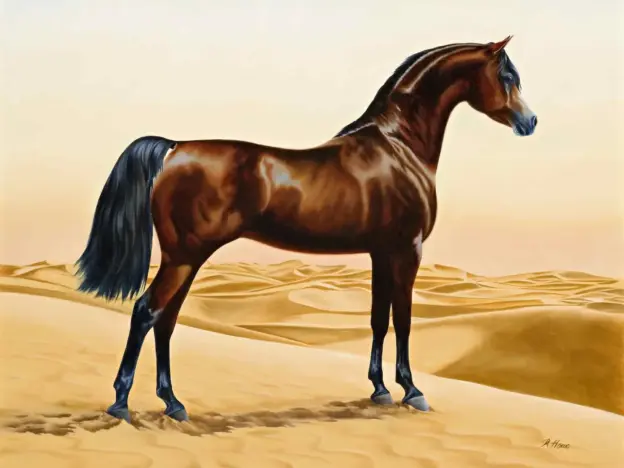
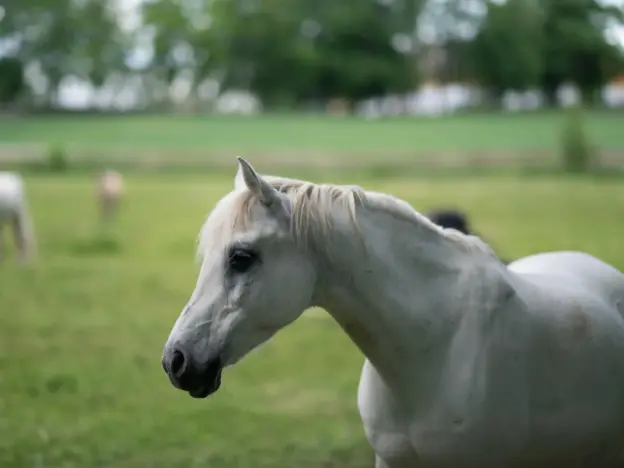
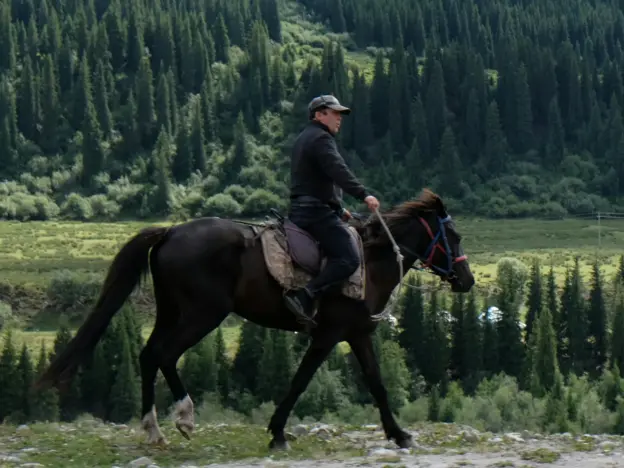
The Black Abaga, Sengseng Black Horse or Abaga horse is a variety of Chinese Mongolian horse that is often bred for running and notable for their generally black color.
Read more
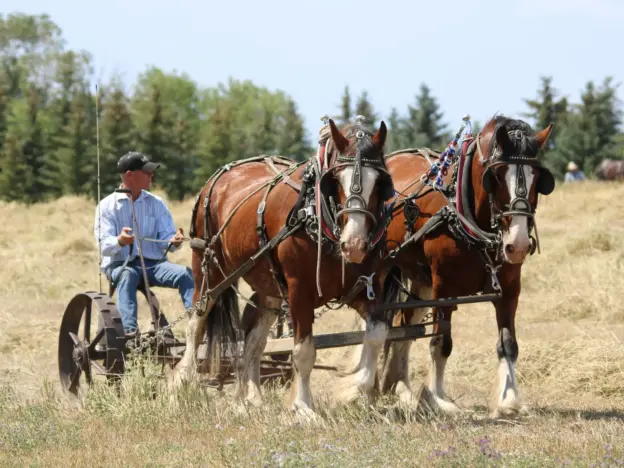
The Clydesdale is a heavy draft breed native to Scotland. At some point they made their way across the ocean and American breeders took notice of their handsome conformation and robust nature.
Read more